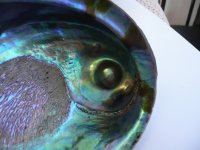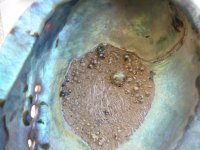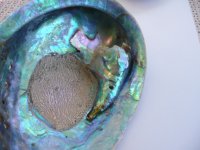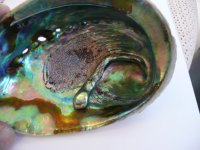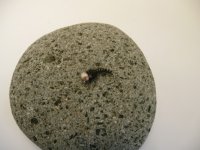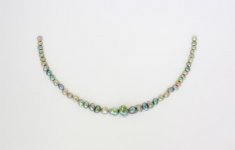V
Valeria101
Guest
Tough question... The largest ones would be easier to love in a design suitable for their shapes than stand-alones.
One vote for #3. (could be just because I can imagine a use for it more readily right now)
A larger image and some idea of the size of the pearls would probably get more votes

One vote for #3. (could be just because I can imagine a use for it more readily right now)
A larger image and some idea of the size of the pearls would probably get more votes


